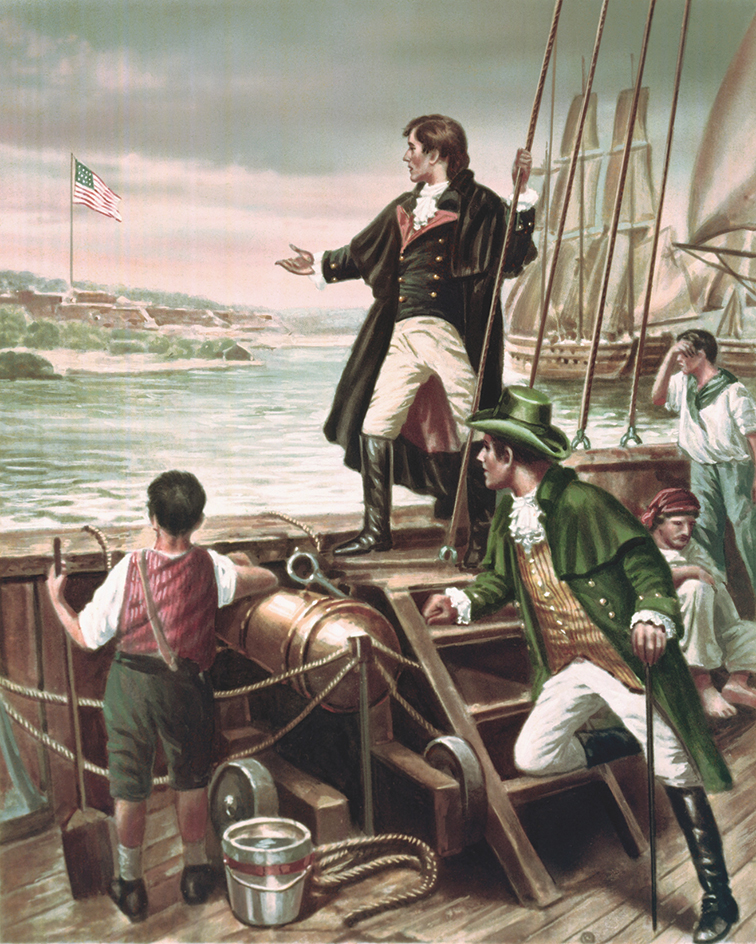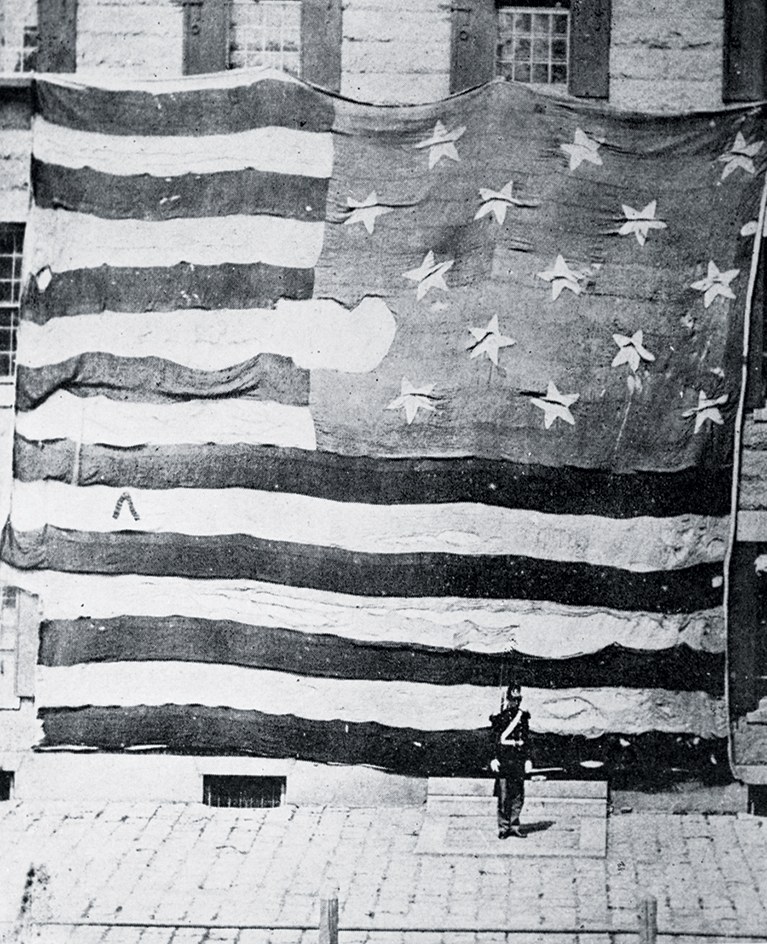Star-Spangled Banner is the national anthem of the United States. Francis Scott Key, an American lawyer and amateur verse writer, wrote the song during the War of 1812. The melody comes from “To Anacreon in Heaven” “To Anacreon” was a drinking song created by composer John Stafford Smith of Britain in the late 1700’s. The U.S. Congress officially approved “The Star-Spangled Banner” as the national anthem in 1931.
How the song came to be written.
In August 1814, British forces near Washington, D.C., arrested an American civilian, William Beanes of Upper Marlborough (now Upper Marlboro), Maryland. They held Beanes prisoner aboard a warship in Chesapeake Bay near the mouth of the Potomac River. General John Mason was the United States official in charge of prisoner exchanges. Mason asked two Americans to communicate with the British in an effort to have Beanes released. These Americans were Key, a friend of Beanes’s, and John S. Skinner, a government agent.

Key and Skinner went to Baltimore. There, they boarded a United States flag of truce ship. A flag of truce ship was a vessel used to conduct negotiations with the British. The flag of truce ship took Key and Skinner to the British warship. They arrived just as the vessel was preparing to bombard Fort McHenry, which stood near Baltimore’s harbor. The British agreed to release Beanes. But they did not want the Americans to reveal plans of the attack. They therefore held the Americans on the flag of truce ship until after the battle.

The bombardment started on Tuesday, Sept. 13, 1814. It continued all day and almost all night. Key and his friends knew that Fort McHenry had little defense. The prisoners paced the deck all night. When dawn came, they saw the American flag still flying over the walls of the fort. Key was moved. He pulled a letter from his pocket and started writing verses. Later that day, the British released the Americans. Key returned to Baltimore. There, he finished revising the song.
How the song became famous.
A few days after the bombardment, Key’s poem was printed on handbills (printed notices) and distributed in Baltimore. The poem was titled “Defense of Fort M’Henry.” A note on the handbills said the poem should be sung to the tune of “To Anacreon in Heaven.” Americans knew the melody. It had been used for a popular political song named “Adams and Liberty” and many other patriotic songs. Key himself had used the melody in an earlier song. By November 1814, the song had been published in Baltimore under the name “The Star-Spangled Banner.” It was soon published in several other American cities. It quickly gained popularity. The U.S. Army began to sing it at the daily raising and lowering of the flag in 1895. Today, by government permission, the United States flag flies continuously over Key’s grave at Frederick, Maryland. The flag also flies over Fort McHenry.

See also Flag (Saluting the flag) ; Fort McHenry, Battle of ; Fort McHenry National Monument and Historic Shrine ; Key, Francis Scott ; United States flag .
